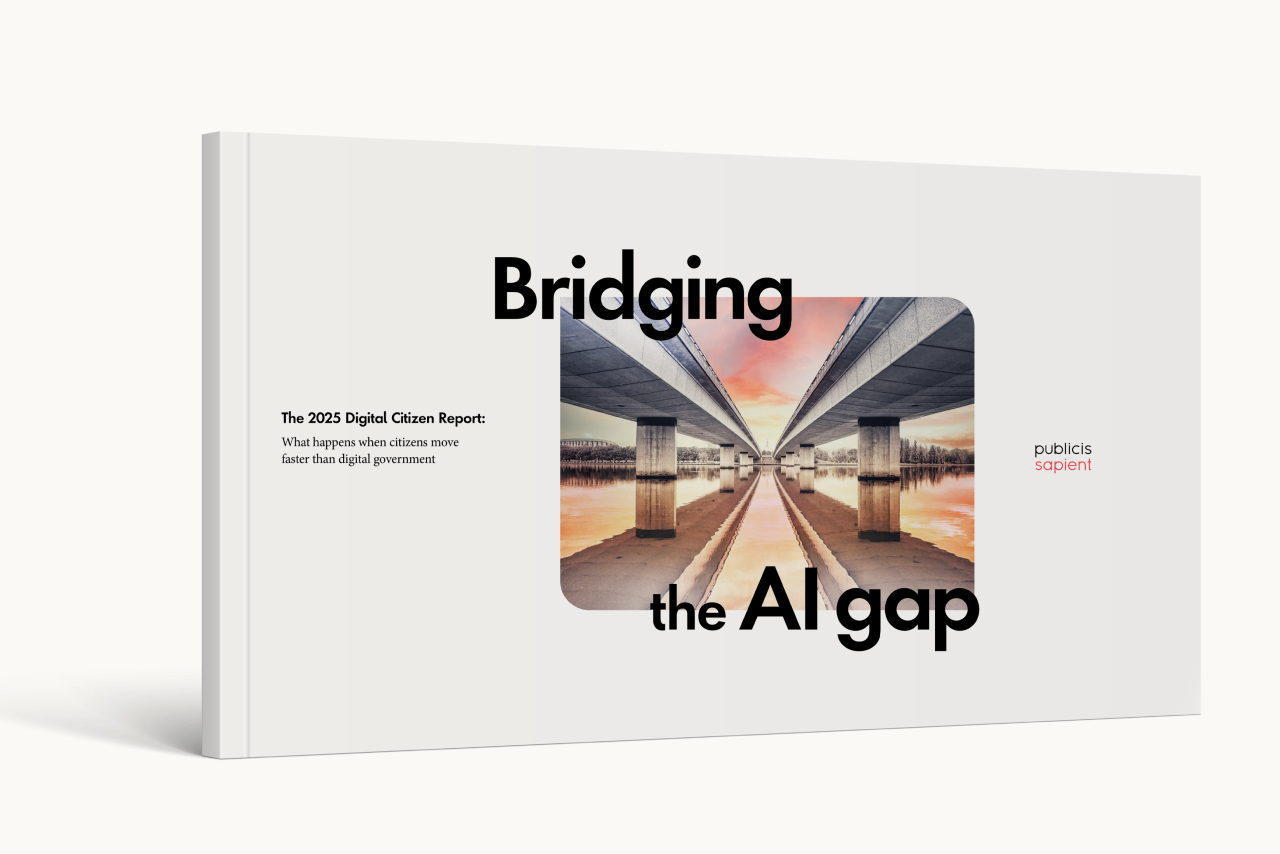What issue can we solve for you?
Type in your prompt above or try one of these suggestions
Suggested Prompt



In the News
The Open Future is (sort of) Here – Blink and You’ll Miss It
Louise Beaumont discusses the potential of an open future, where banks don’t simply comply with the minimum required standard.
After much debate, and more meetings and sessions than I care for, we’re finally here. PSD2 is live in the UK. OK, the first part is live and there’s much more to come that will influence the future shape of financial services, including the tricky implementation of GDPR, but we’re here finally.
What do you mean no fanfare? I can’t blame you. The signs of any meaningful change are … distinctly underwhelming. It was always likely to be this way: evolution, iteration and yet more iteration rather than any sort of big bang revolution. This is banking after all. But that distinctly underwhelming feeling is still unpleasant.
Yet, I’m not surprised. As I noted in a previous piece, when faced with a regulatory deadline, the thinking automatically shifts to how to meet the minimum compliance requirement, and in this case create the MVP (minimal viable product).
The PSD2 compliance date has been set in stone for an age, yet five of the nine UK banks won’t hit the deadline, for various reasons. Not a ‘nice to have’ set of fun features, a compliance deadline. It’s frustrating and disappointing in equal measure because the open banking future offers so much potential for consumers and small businesses, for fintechs, tech titans and data players alike.
What could the future look like?
The arrival of open banking will (eventually) prompt entirely new services and major enhancements to existing services. For banks, combining data through APIs will allow them to improve customer experience hugely for processes such as account opening, AML checks and product application processes, where personal information can be pre-populated and information verified from official sources.
But that’s table stakes stuff – an iterative version of today. Where open banking gets interesting is looking beyond ‘banking’ to where non-banks start to play. Once payments services providers have access to transaction data, they will be able to anticipate when customers are likely to need a short-term line of credit and offer their service as an alternative.
Similarly, providers will help customers who have given their consent earn a higher return on their money by automatically switching large credit balances from current accounts to interest-bearing accounts. Automated services that help customers manage their money between several accounts, for example to avoid going into overdraft when they’re in credit elsewhere, is an obvious extension of this idea. The possibilities are vast. The vision to provide these services, less so.
By reacting defensively and doing no more than comply with the minimum mandated standards for the Open API, some banks will hope to do as little as they can to speed the flow of data out of their organisations, and therefore to carry on as far as possible with business as usual – in a market that’s undergoing fundamental change.
This will not stop a bank’s customers sharing their data with other service providers in search of a better deal or an improved experience. Banks will have no control over this – the control is in the hands of the customer – and there will be no alternative but to release their data. But adopting this approach will also leave banks poorly positioned to engage positively in the new market for retail financial services that open banking will create, and to pursue the opportunities it presents.
Embracing the future through collaboration
Assembling richer pools of data from multiple sources will give banks more angles from which to view their customers and more ways to understand them than they could gain simply from transactional information. They could profile and segment their customers more precisely and look for behavioural patterns that can be used to refine predictive models. The insights they gain will power new services and improve existing ones.
It’s here that the ‘tech titans’ lead: they assemble and analyse data at scale as a matter of course. Companies that have data at their heart are becoming ever smarter, because they’re building deeper layers of data. It allows them to make behavioural inferences that enable them to build more predictive, preemptive and personalised services.
The collaboration with those banks that hit the deadline and show some imagination could make them ideal partners. This will be critical, because in an open-data market that banking is becoming, the ability to form the most effective partnerships is a vital skill and a new source of competitive advantage. In banking, this will be especially true, because banks don’t have a history of using data to generate innovative customer propositions, as opposed to using it to improve internal processes such as fraud detection and credit risk management. They need to work with outside partners, seeking out new data sets to create new services.
Banks that choose to engage fully in the new market based on open data will focus on the element of their environment they can control: which organisations they choose to collaborate with to create new services based on pooled data. Those four banks that were ready for PSD2 should be at the front of that queue. These will be partnerships of mutual advantage, with the potential to create new sources of profit for both parties that will be shared between them. Banks cannot expect to generate all the business ideas themselves that combining data sources will make possible.
Success will come from the ability to collaborate most effectively and be open to ideas from outside. In this new world, the banks with the best-quality APIs that allow the fastest, cheapest flows of data will be the winners, because they will be best placed to attract the most innovative partners to work with.
They will succeed by finding the best fit between their data and that held by other organisations, whether mobile phone companies, energy providers, transport companies, airlines or any number of others. But to succeed in the competition to collaborate most effectively, banks will need the best possible tools for data sharing and analysis. An Open API that complies with the minimum required standard will not be good enough.
The flip side is that perhaps the laggards, those heading towards being the data donors, are more suitable targets. They’re further behind, they need a helping hand and there’s more of a Greenfield opportunity for GAFA and other fintech firms to collaborate and influence. Choosing to do no more than comply with minimum standards for the Open API will make a data donor bank a less attractive partner for collaboration and so reduce its access – and its customers’ access – to new ideas developed by others. While GAFA and others can immediately help, the danger is they will want nothing to do with institutions that seem so diametrically opposed in imagination, creativity and courage to their own.
A bank that has chosen to not actively participate has effectively submitted to a process it cannot control, allowing others to extract its data, and has opted not to engage in processes it can control by collaborating with others to develop new propositions and realise the value of the data it holds.
The reality of the new open banking market is that becoming a data donor is not an option – all banks are obliged to do it – no matter how they approach it. What will set the winners apart, however, is the extent to which they go beyond that and actively seek commercial partnerships based on data pooling. This requires a different mentality: one that sees open data not just as an obligation, but as an opportunity to learn and find new sources of value.
It’s perhaps early days for the open future, but the opportunity is too large to not be embraced. Whether it’s the banks themselves that do so, or another player, remains an open question.






